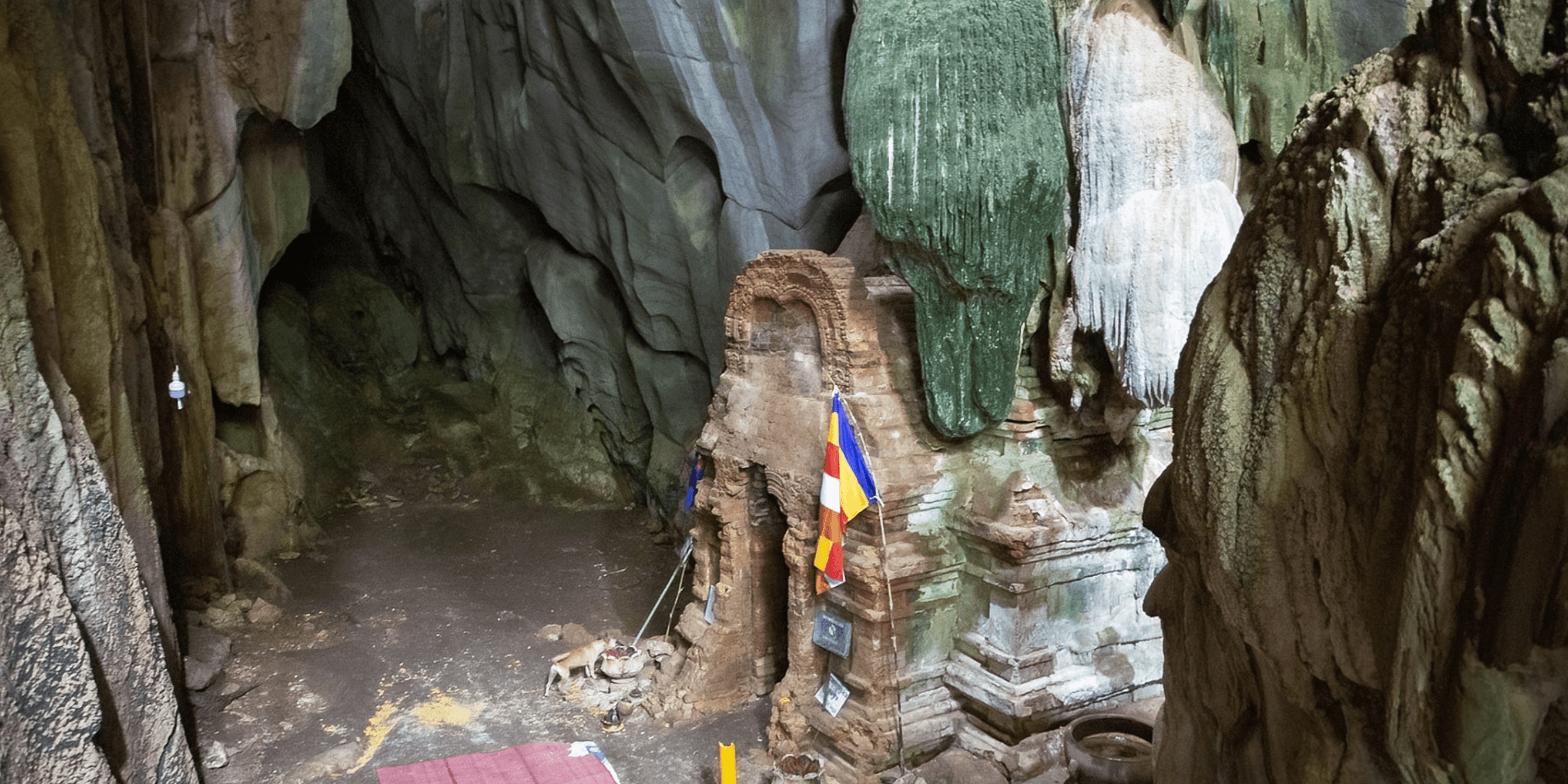A Day at Kampot’s Salt Fields in 2025!
By Vimean Soksan · October 07, 2025 · Top Place to Visit
A Day at Kampot’s Salt Fields in 2025!
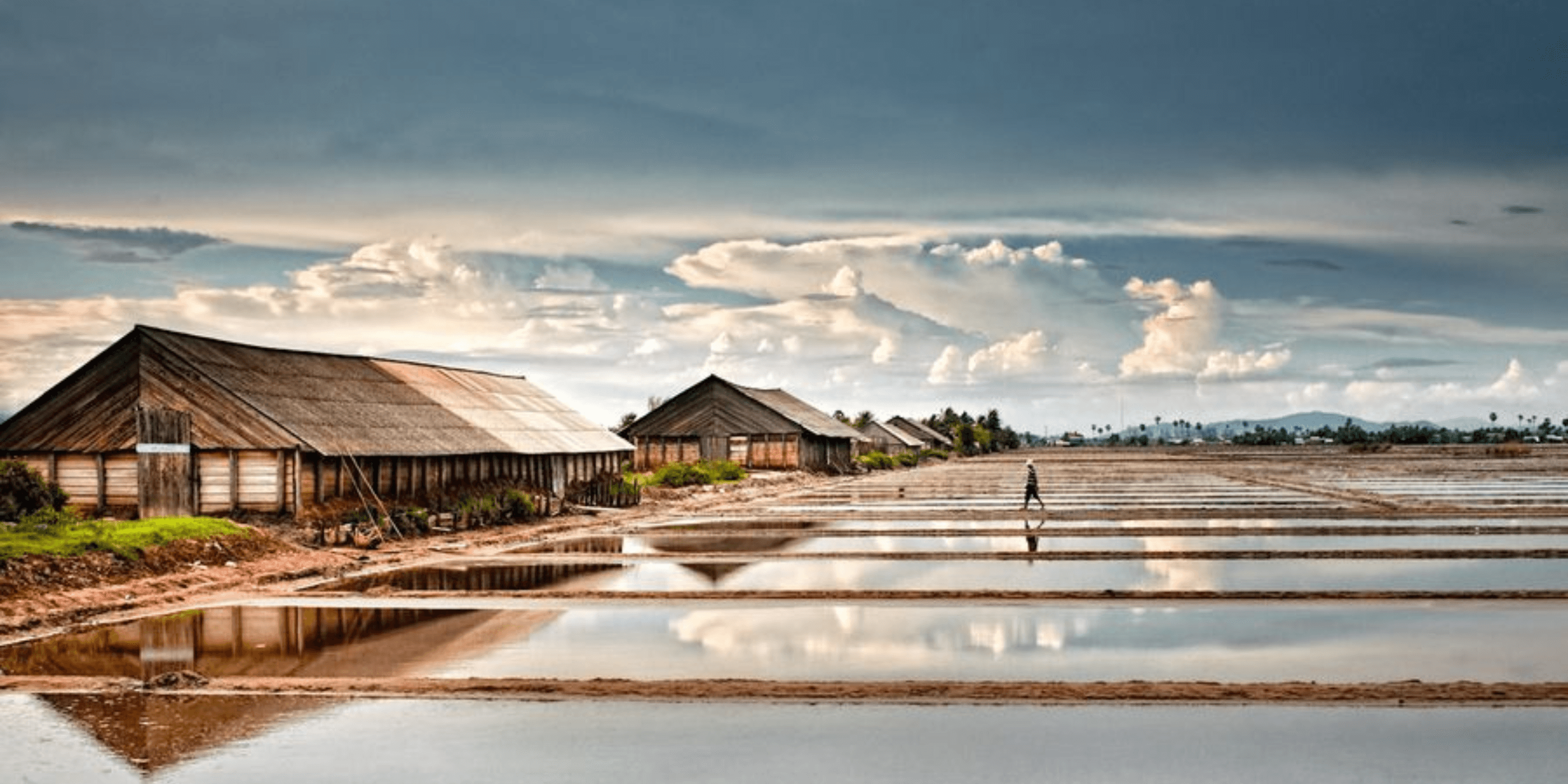
🌊 Kampot Salt Fields: An Introduction
Nestled between the sea and the mountains of southern Cambodia, Kampot Salt Fields are one of the country’s most iconic and photogenic landscapes. These expansive salt pans, shimmering under the sun, have been a vital part of Cambodia’s traditional salt production for decades.
Located just outside Kampot town, the fields offer a unique glimpse into the artisanal process of sea salt harvesting, a practice that relies heavily on Cambodia’s dry season and coastal geography. Today, they’re not only an essential part of the local economy but also an increasingly popular destination for eco-conscious travellers and cultural explorers.
Whether you’re drawn by the scenic views, traditional craft, or the chance to buy pure, locally made salt, Kampot Salt Fields promise a peaceful and fascinating stop on your Cambodian adventure.
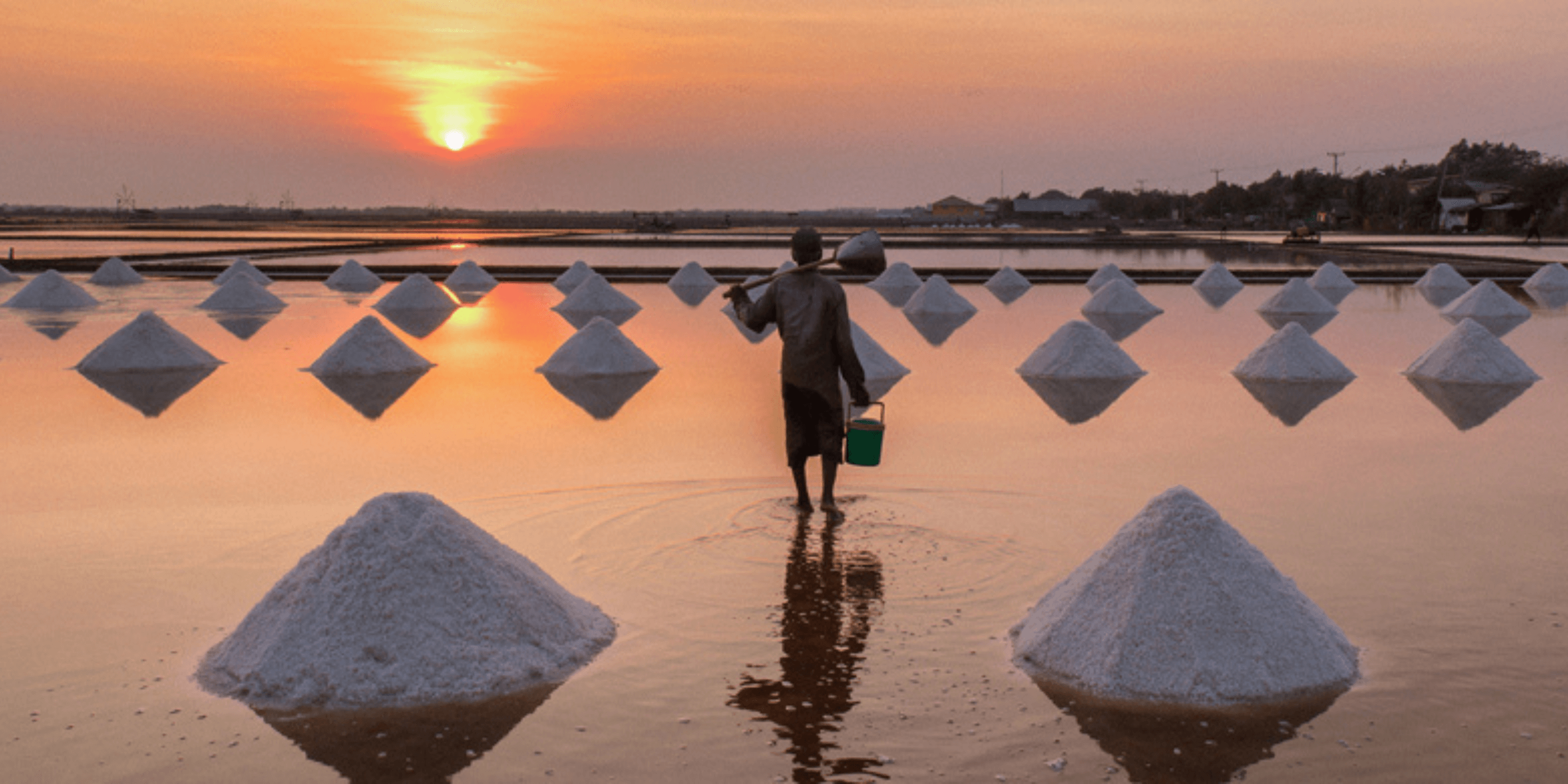
🏺 History & Cultural Significance
The Kampot Salt Fields have deep roots in Cambodian history, with salt production in the region dating back over a century. Passed down through generations, the traditional salt-making process remains largely unchanged, a testament to the resilience of local customs and the importance of salt in Cambodia’s cultural identity.
Salt isn’t just a kitchen staple here; it's a symbol of heritage, livelihood, and community. For many families in Kampot and its neighbouring province of Kep, salt farming is a primary source of income during the dry season, and it is often a family-run operation. The work is tough and heavily dependent on the weather, but it's treated with pride and patience.
Salt has also played a role in religious offerings and traditional Cambodian cuisine, further solidifying its place in everyday life. Despite modernisation, these artisanal methods continue to coexist with newer technologies, making Kampot’s salt fields a rare blend of tradition and evolution.
⚙️ Salt Production Process
The salt production process in Kampot is a fascinating, labour-intensive method that relies entirely on natural elements, seawater, sun, and wind. This centuries-old technique is both environmentally sustainable and deeply rooted in tradition.
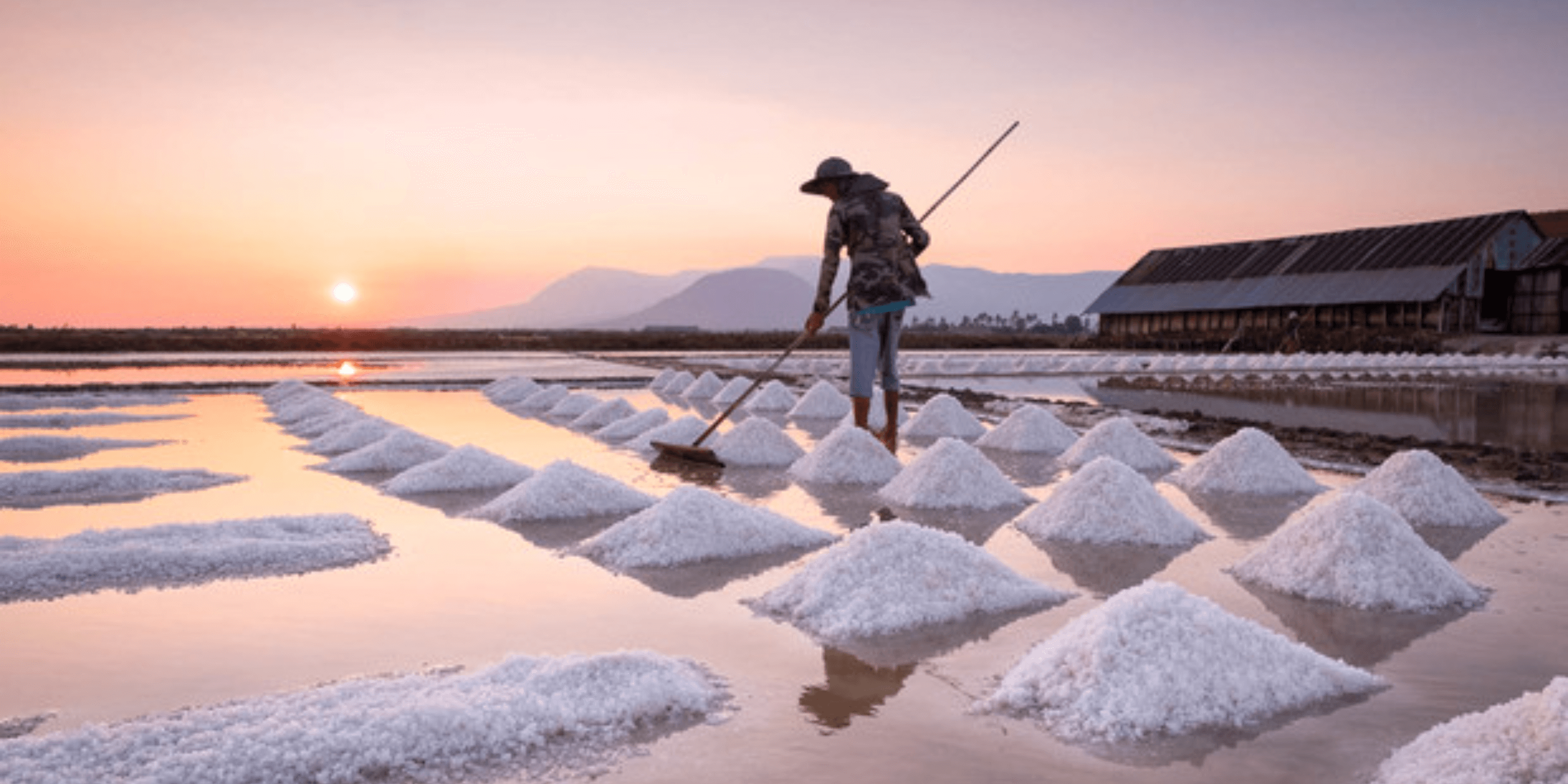
Here’s how it works:
- Harvesting Seawater During the dry season (December to May), seawater is channelled from the nearby coast into large, shallow evaporation ponds.
- Evaporation The sun does the heavy lifting. Over several days, the water gradually evaporates, leaving behind layers of salt crystals on the pond surface.
- Collection & Drying Workers carefully rake the salt into small piles, allowing it to dry under the sun. It’s then gathered into larger heaps for further drying or transport.
- Packaging & Distribution Once dried, the salt is sorted sometimes by grain size or purity, and packaged for local markets or export. Some of the highest-quality batches are reserved for "flower of salt" (fleur de sel), a premium artisanal variety.
This slow, natural process results in mineral-rich, additive-free sea salt, prized both locally and internationally for its purity and flavour.
🕒 Best Time to Visit
The best time to visit the Kampot Salt Fields is during the dry season, from December to April, when the weather is clear, sunny, and ideal for salt production. These months provide the perfect opportunity to witness the salt-making process at its peak while enjoying the bright, picturesque scenery. The dry conditions also make travel easier, as the dirt roads leading to the salt fields remain accessible and less muddy.
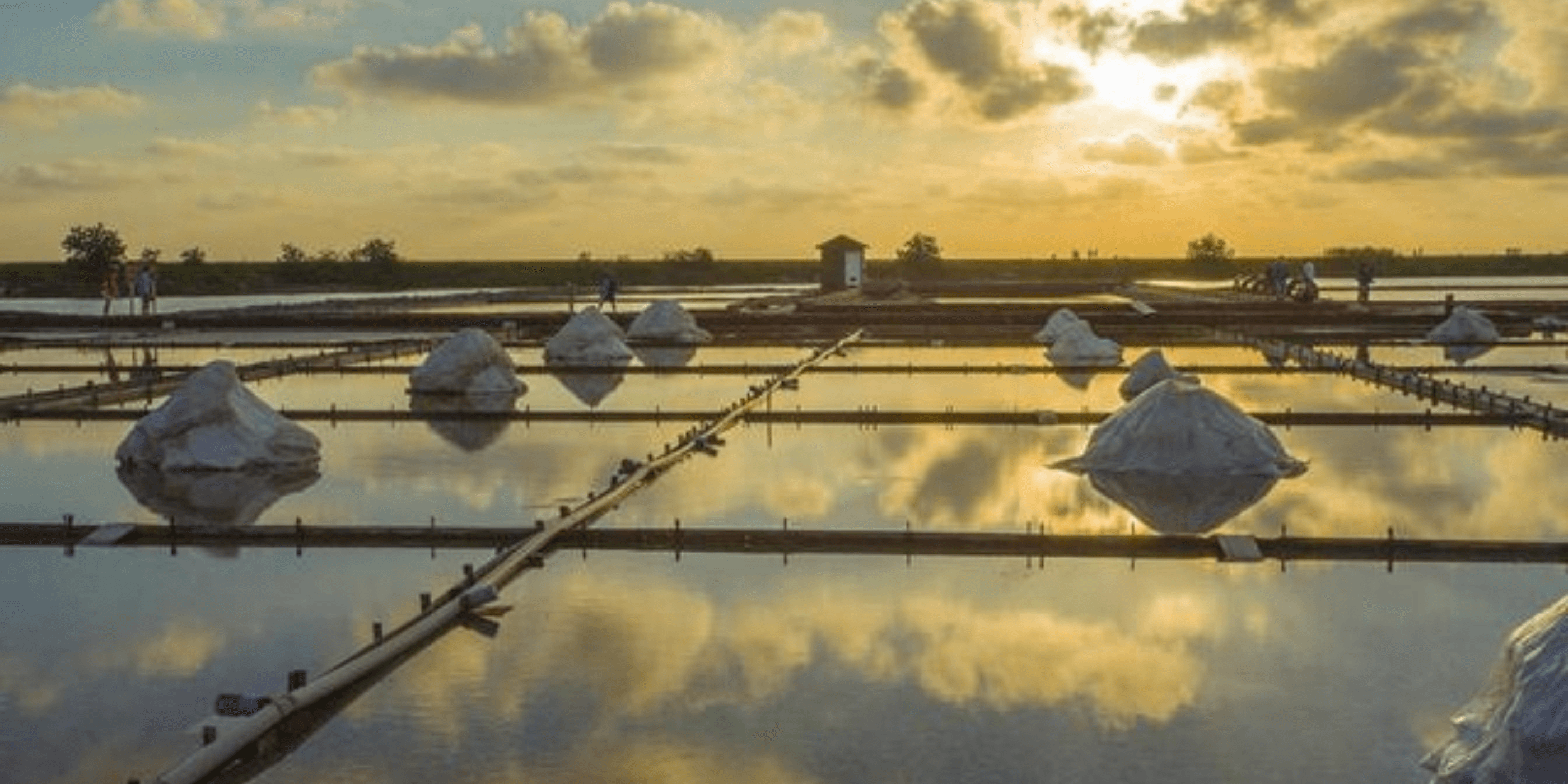
For the most rewarding experience, it’s best to visit in the early morning or late afternoon. In the morning, you can see local farmers hard at work, harvesting salt before the midday heat sets in. It’s a great time to observe the traditional techniques in action and learn directly from the salt makers themselves. In the late afternoon, the softer, golden sunlight creates a serene atmosphere and ideal lighting for photography, offering beautiful reflections on the salt ponds and a more comfortable climate for walking around.
While at the salt fields, visitors can observe the production process, take unique photos of the glistening salt crystals, and interact with friendly local workers to gain deeper insight into Kampot’s salt heritage. This immersive experience is both educational and visually unforgettable during the dry season.
🚗 How to Get There
The Kampot Salt Fields are located just a few kilometres from Kampot town, making them easily accessible for a half-day trip. If you're travelling from Phnom Penh, one of the best options is to take a bus to Kampot with Kimseng Express, widely considered the most reliable bus company on this route.

Once in Kampot, the most common way to reach the salt fields is by tuk-tuk, which can be hired in town for a round trip. The journey takes around 15-20 minutes, depending on your starting point. For more flexibility and a chance to explore the countryside at your own pace, you can also rent a bicycle or motorbike. The ride is relatively flat and scenic, passing through rural villages and open fields.

If you're travelling in a group or prefer more comfort, private taxis or cars are also available from Kampot town. Keep in mind that the roads leading to the salt fields are mostly unpaved, so travel is best during the dry season, when conditions are smoother. For directions, you can search “Kampot Salt Fields” on Google Maps, or simply ask locals, they’re usually happy to help guide you.
💡 Practical Travel Tips:
Visiting the Kampot Salt Fields can be a rewarding and memorable experience, but a few practical tips can help you make the most of your trip. First, dress appropriately for the heat. Lightweight clothing, a hat, and sunglasses are essential. Don’t forget sunscreen and plenty of drinking water, especially if you’re visiting during the hotter parts of the day. The terrain is flat but dusty, so comfortable walking shoes are recommended.
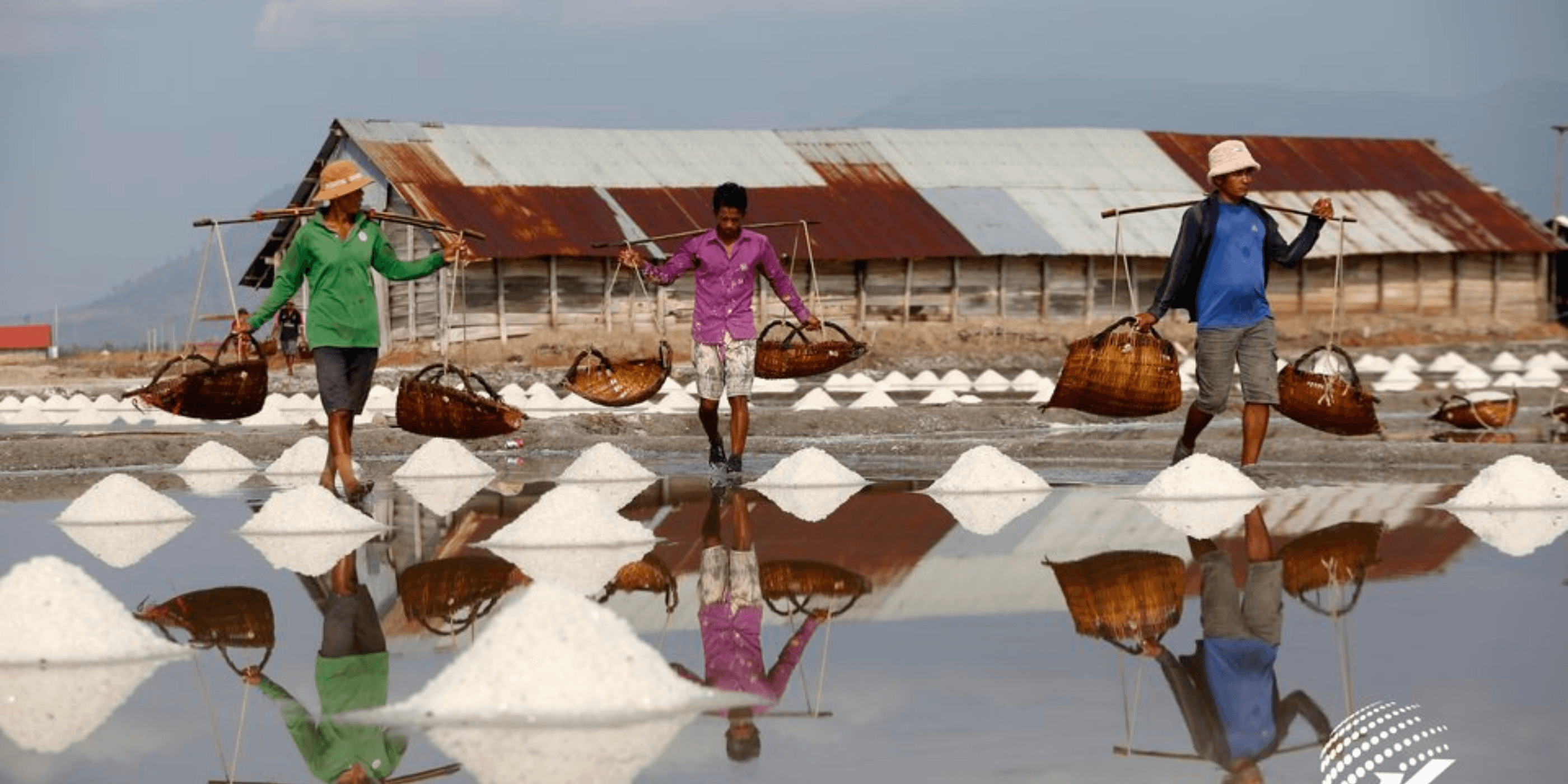
When taking photos, be respectful of the workers and always ask permission before photographing people up close. Remember that this is their livelihood, not just a tourist site. If you're interested in supporting the local community, consider buying salt directly from the farmers. It's affordable, authentic, and makes a great souvenir.
There are no formal facilities like restrooms or cafes at the salt fields, so plan accordingly. It’s best to combine your visit with other nearby attractions or return to Kampot town for food and rest after your trip.
🌿 Nearby Attractions
A visit to the Kampot Salt Fields pairs perfectly with exploring other attractions in the region. Just a short drive away, you’ll find the famous Kampot Pepper Plantations, where you can tour the farms and taste some of the world’s best pepper. Another nearby highlight is the Preaek Tuek Chhu River, ideal for a relaxing boat ride or riverside lunch. If you're in the mood for adventure, head to the Phnom Chhngok Cave Temple, a hidden limestone cave with a small brick temple inside, a unique blend of nature and spirituality.
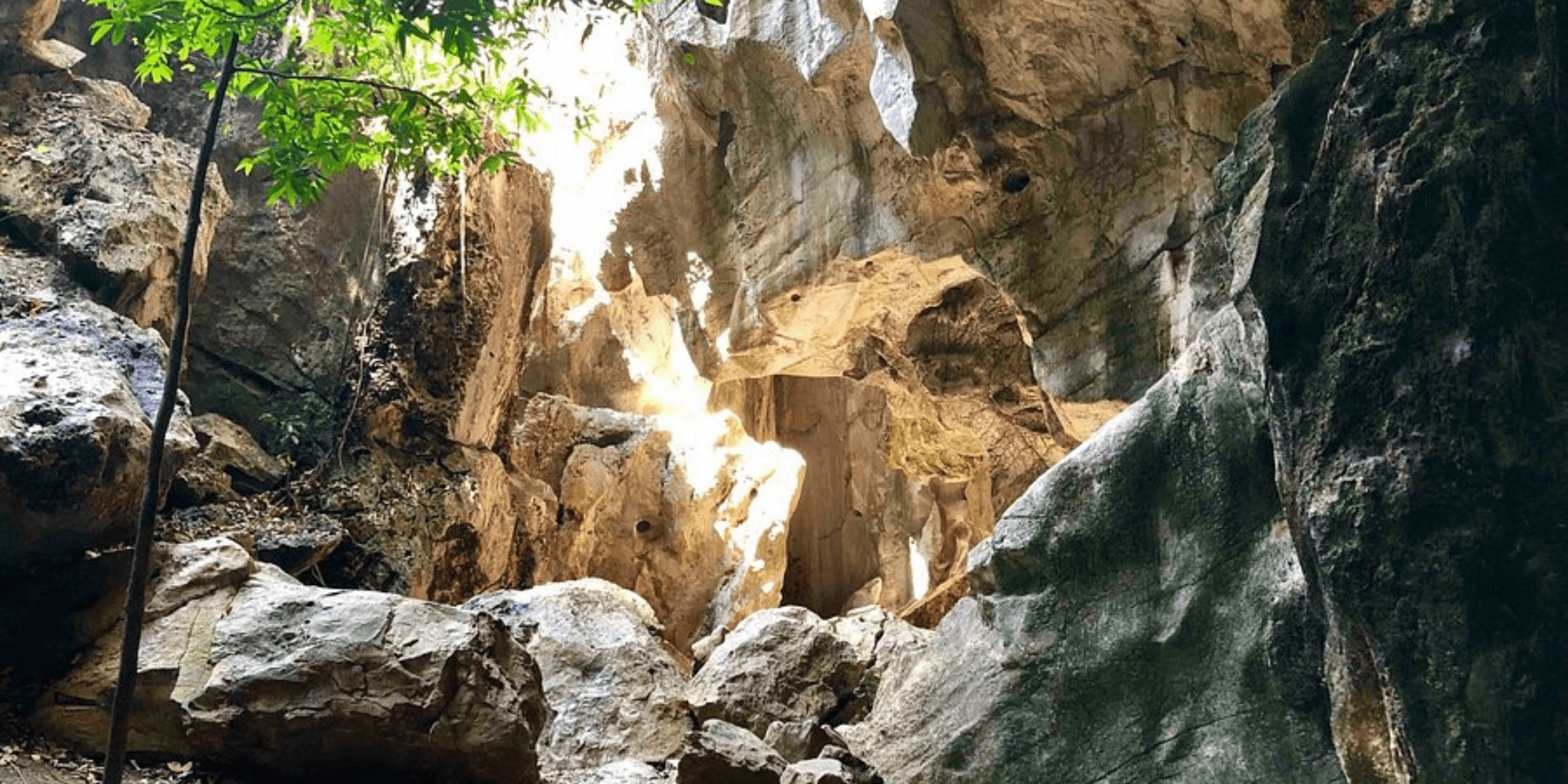
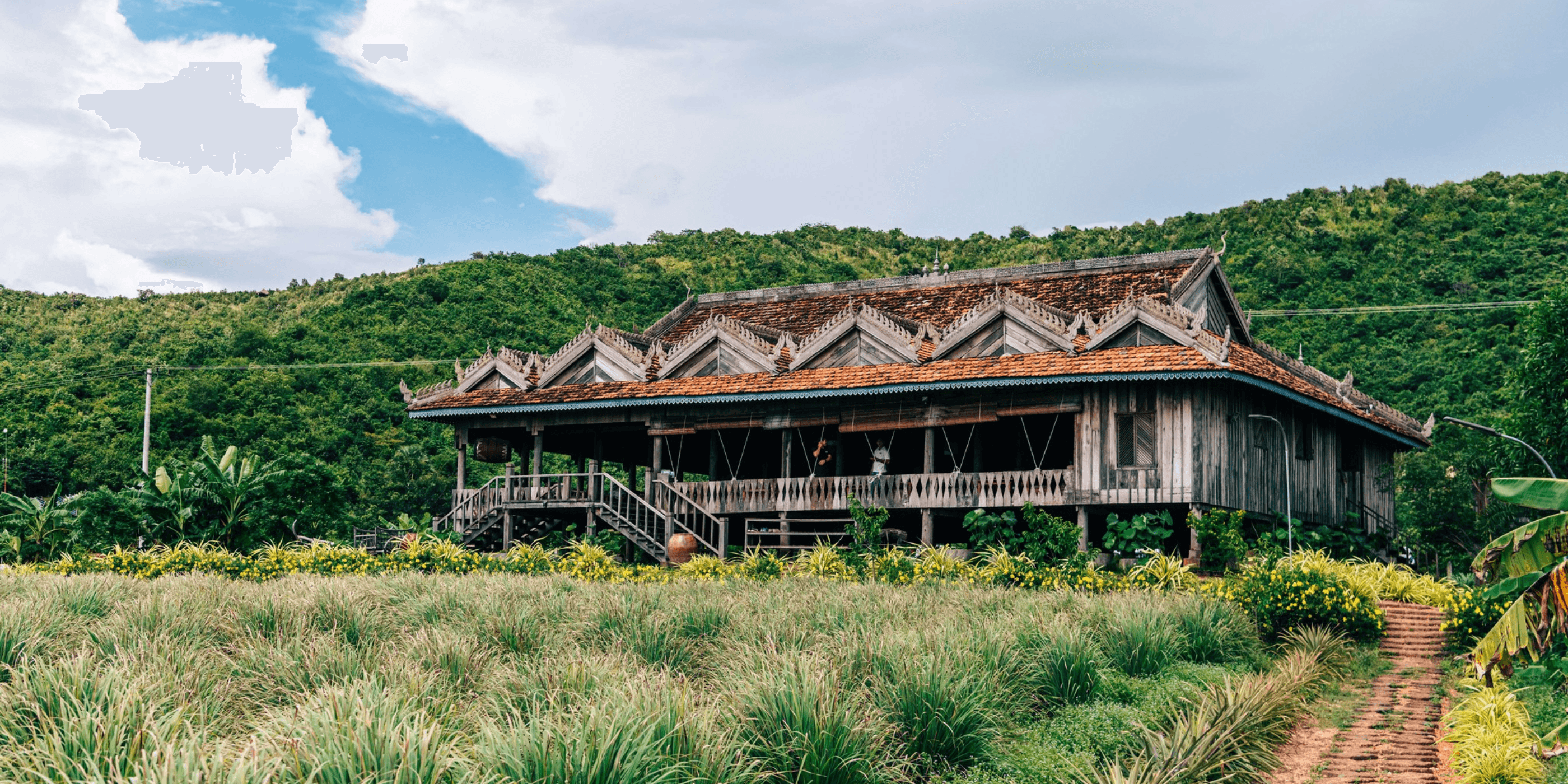
For a full-day trip, consider exploring Bokor National Park, where you’ll find cool mountain air, abandoned French colonial buildings, waterfalls, and sweeping views over the Gulf of Thailand. You can also stop by Kep Beach or the Crab Market in Kep, both within easy reach of Kampot. These nearby spots offer a great mix of culture, nature, and local flavour, making your visit to the salt fields part of a richer, more diverse experience.
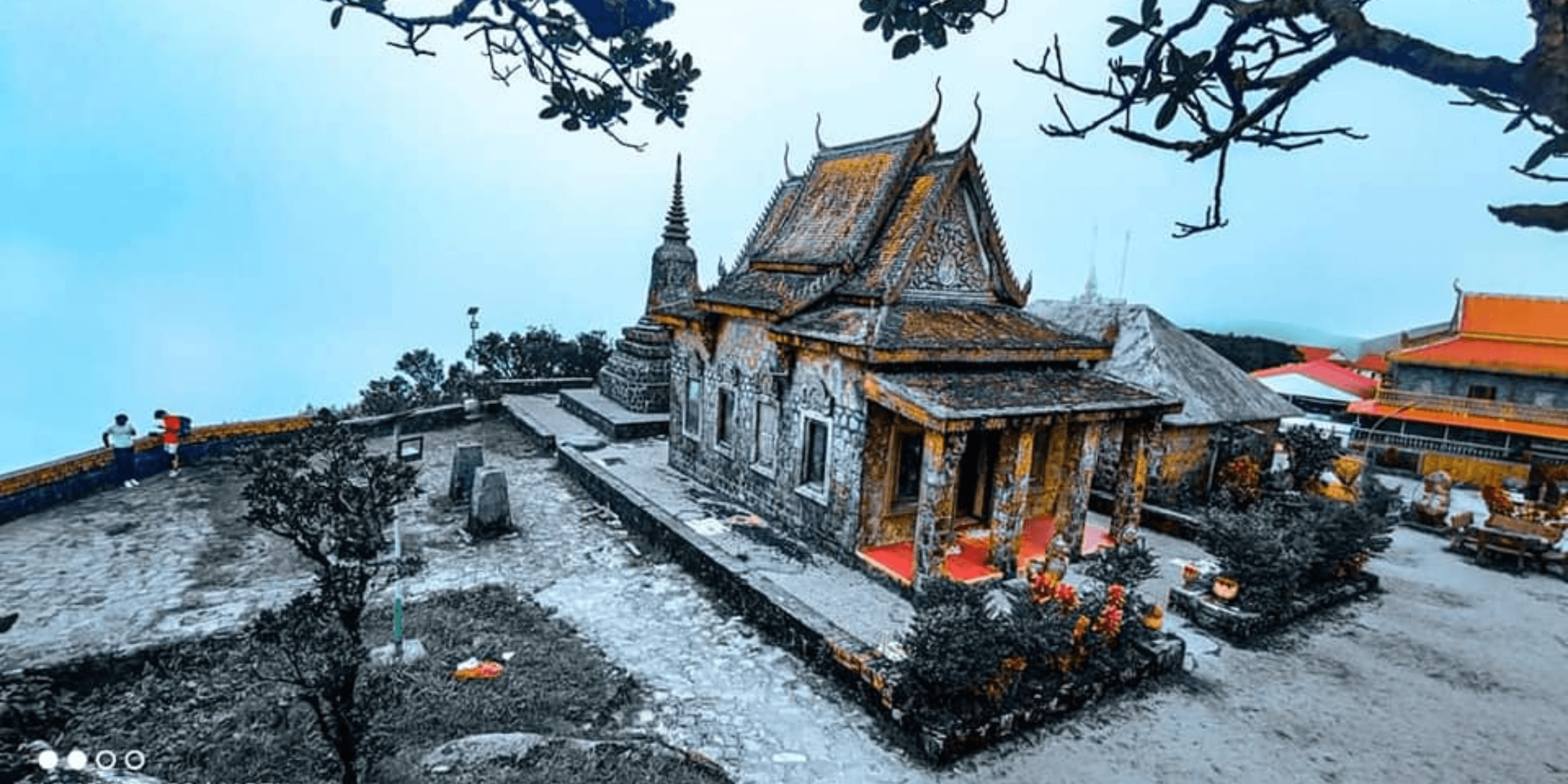
✅ Final Summary & Travel Tips
Visiting the Kampot Salt Fields offers a unique opportunity to experience Cambodia’s rich cultural heritage, stunning natural landscapes, and the traditional craft of salt-making. The best time to go is during the dry season (December to April), when production is active, roads are accessible, and the scenery is at its most picturesque. Plan your visit for the early morning or late afternoon to enjoy cooler temperatures and ideal lighting for photography.
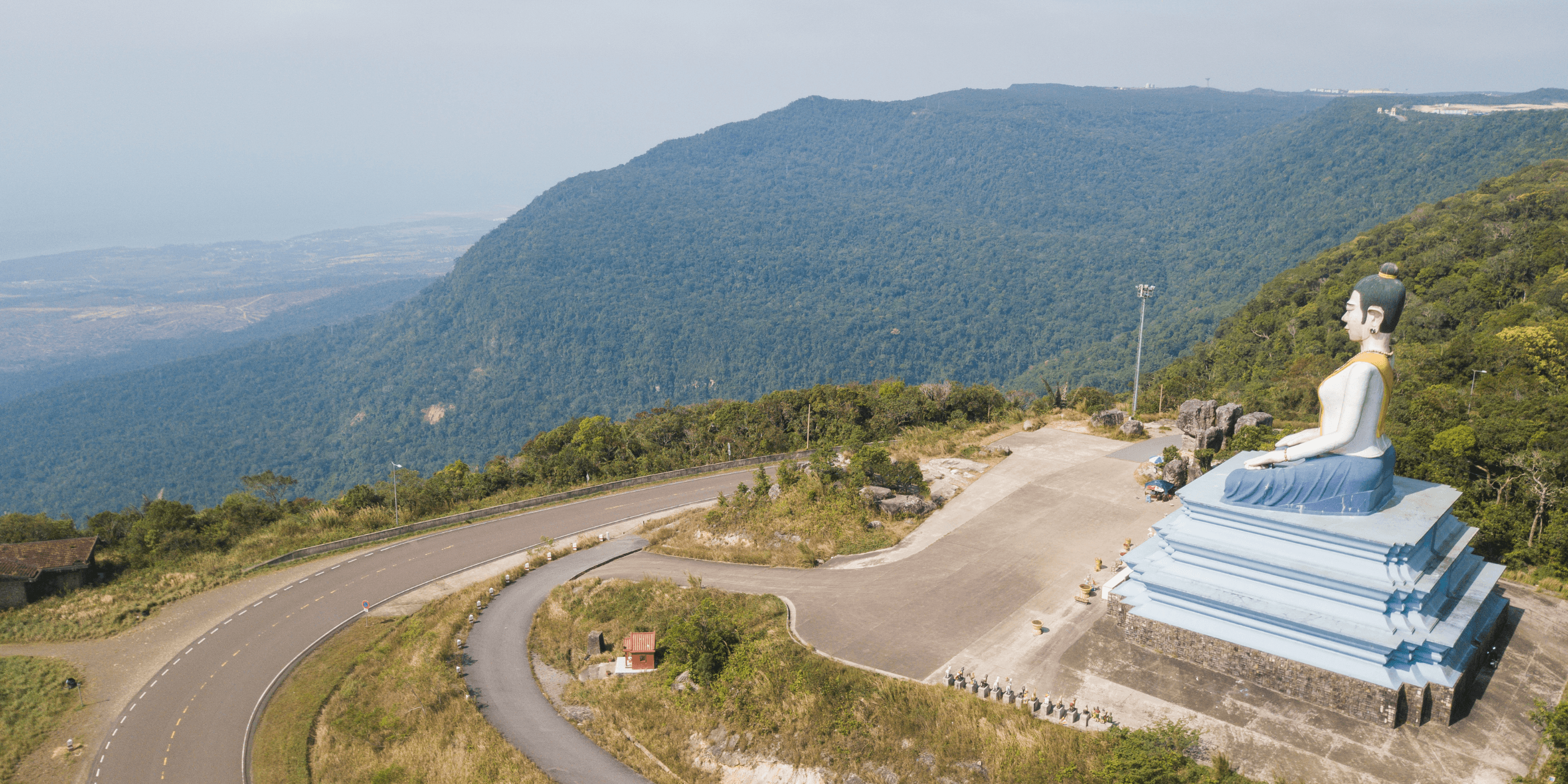
To make the most of your trip, dress for the heat, bring sun protection, and stay hydrated. Be respectful of local workers, ask before taking photos and consider buying some locally produced salt as a souvenir. Don’t forget to combine your visit with nearby attractions like pepper farms, river cruises, cave temples, or Bokor National Park for a full Kampot experience. Whether you're a photographer, a culture lover, or just curious, the salt fields are a peaceful and memorable stop on any southern Cambodia itinerary.
